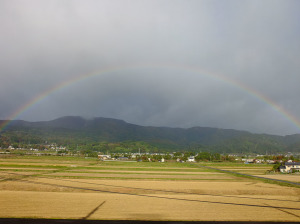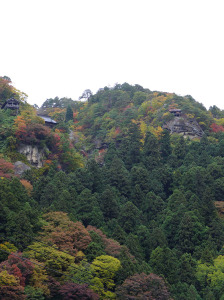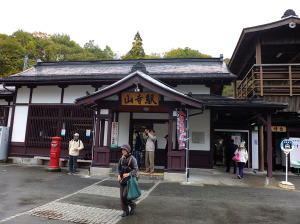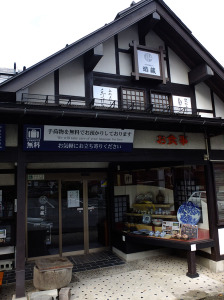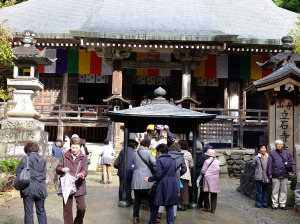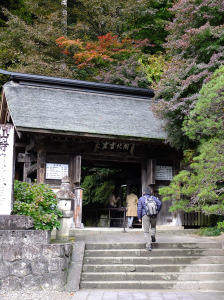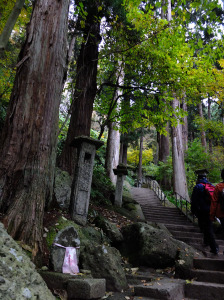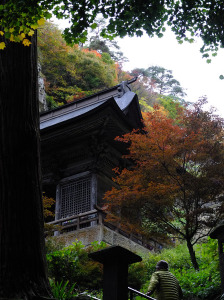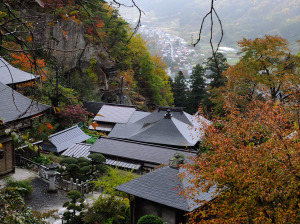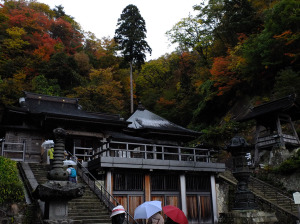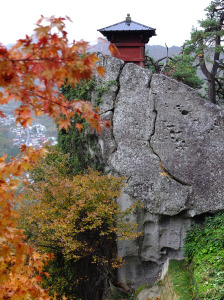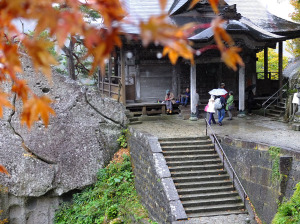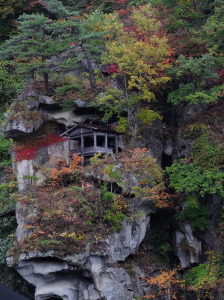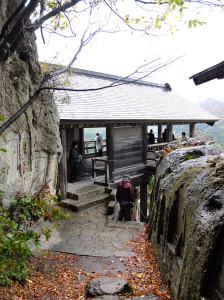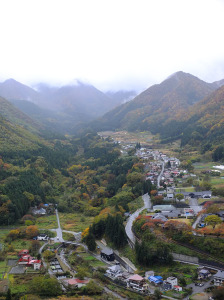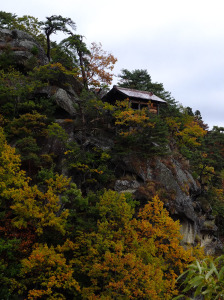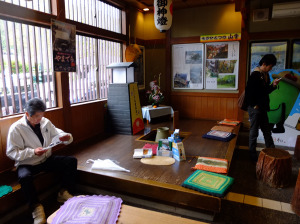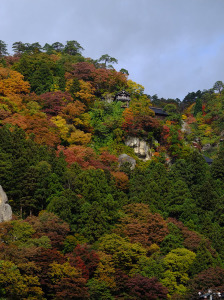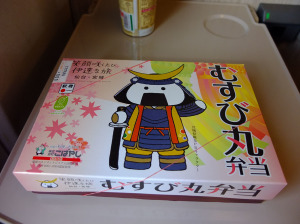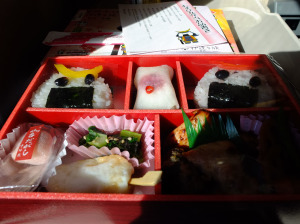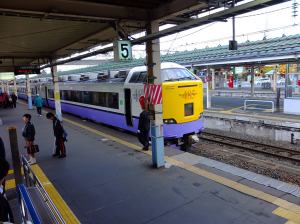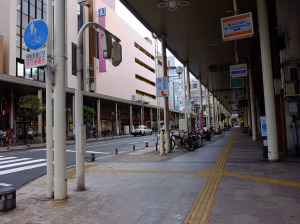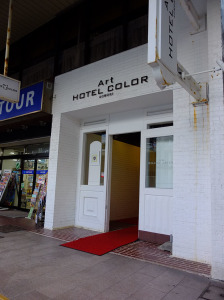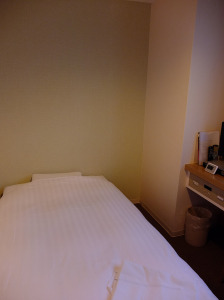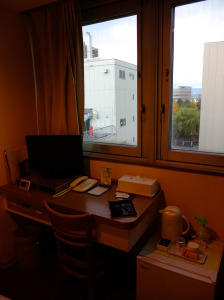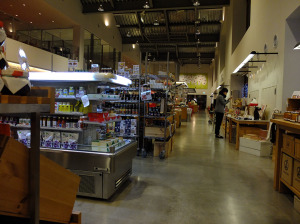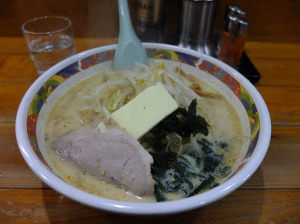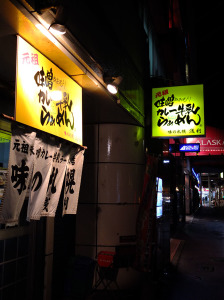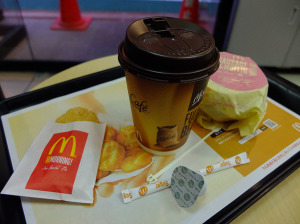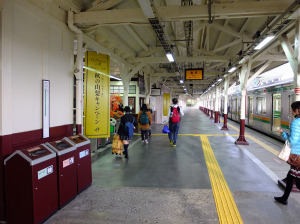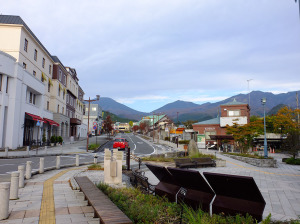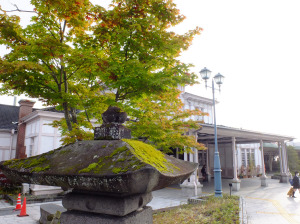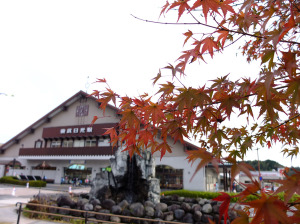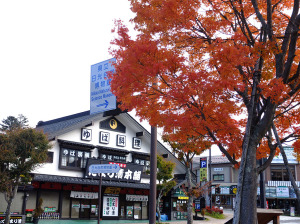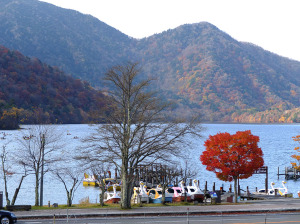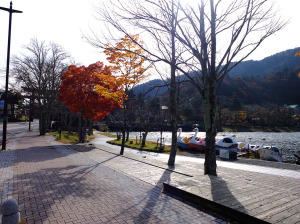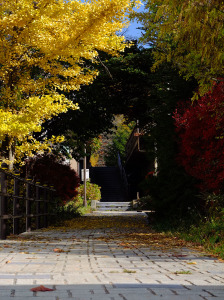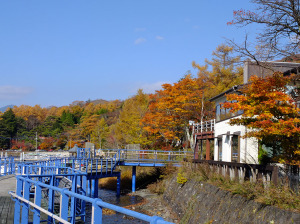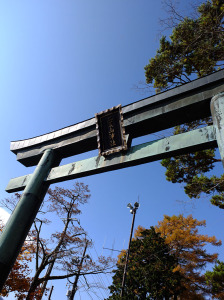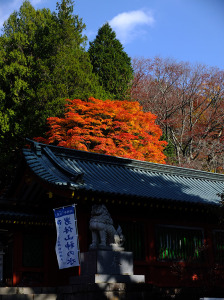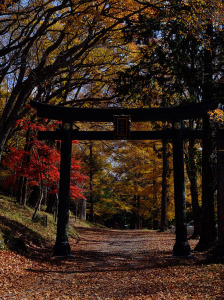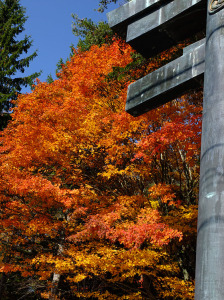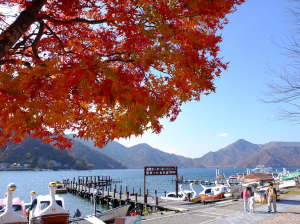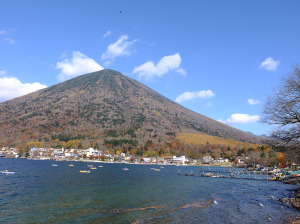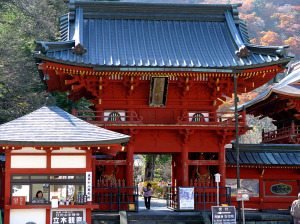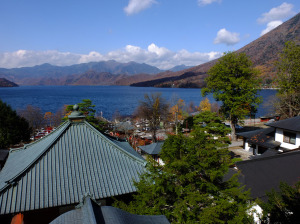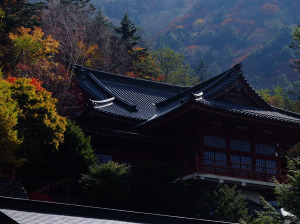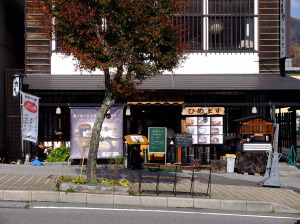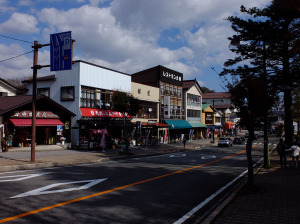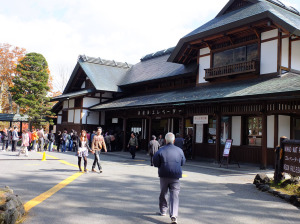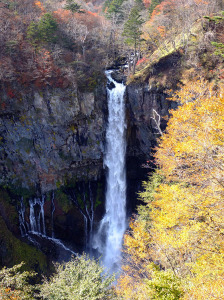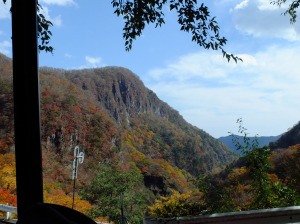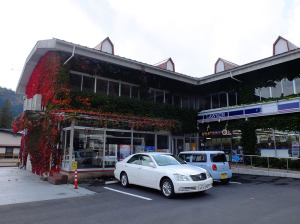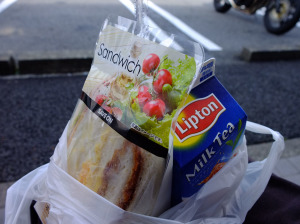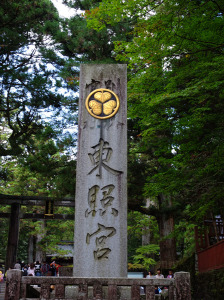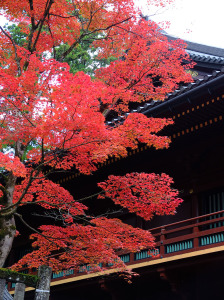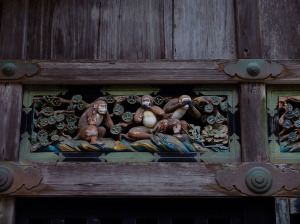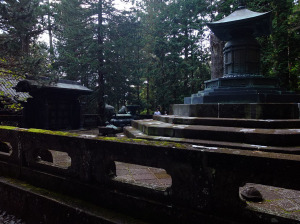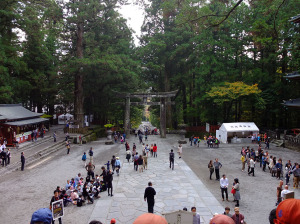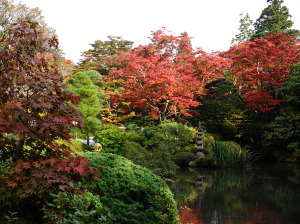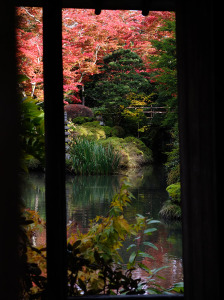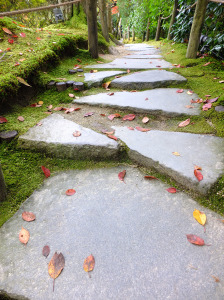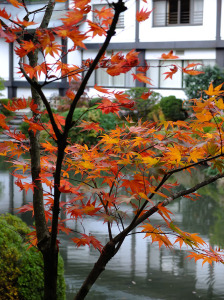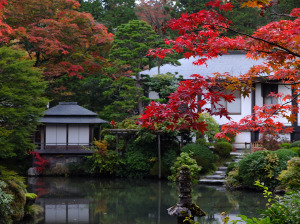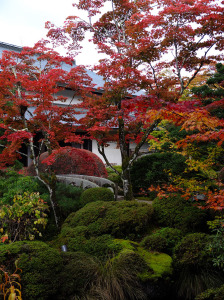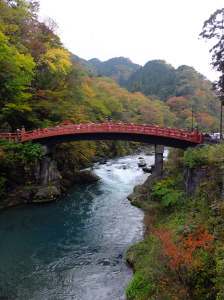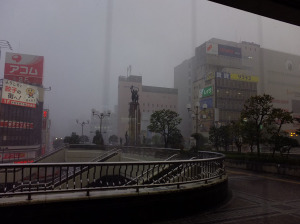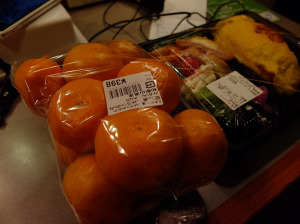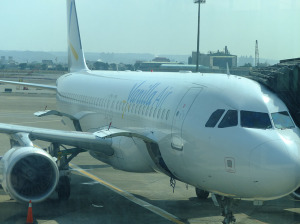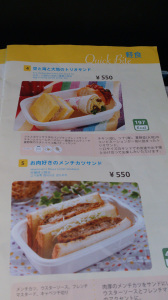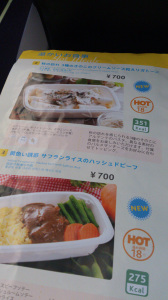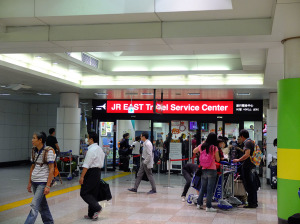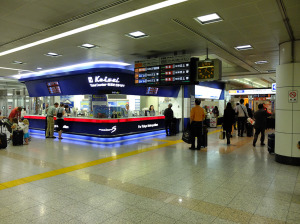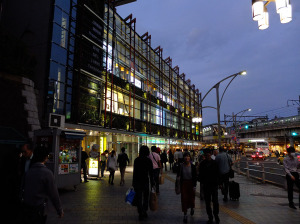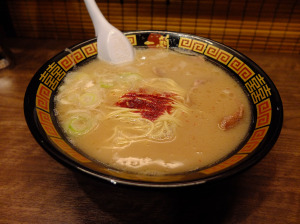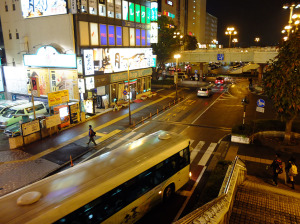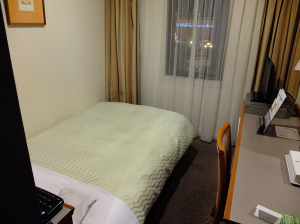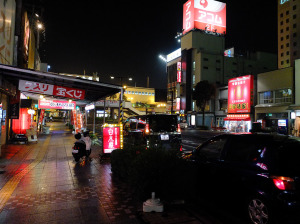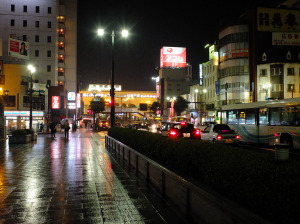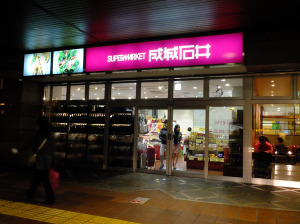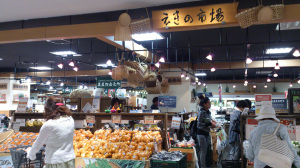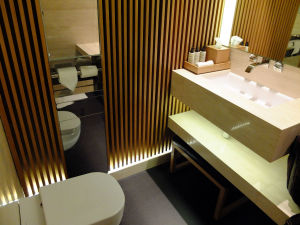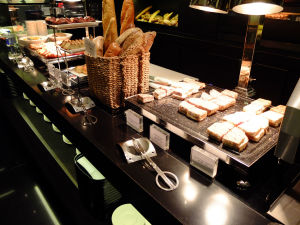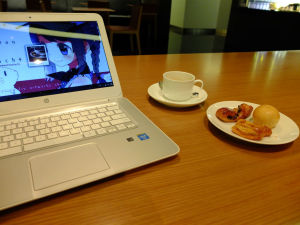In some ways, this is really the start of the trip. Nikko and Utsunomiya was a quick rest to settle into things before racing off across the Japanese countryside.
After breakfast at McDonalds, the Hayabusa takes me to Sendai. Unlike the other shinkansens, many trains on the Touhoku Shinkansen does not have reserved seats, probably a way to enforce pricing tiers between express trains. I already got the ticket beforehand on the first day.
The clouds from last night still hangs low in the distance, a constant worry that it may start pouring anytime.
Instead of going right to Aomori, I take a detour at Sendai to go to Yamadera, a temple complex built atop a steep mountainside about an hour out from Sendai in neighbouring Yamagata prefecture, with its roots tracing all the way back to the 8th centuries.
Strangely even though it’s faster to go to Yamadera from Sendai, most routing will suggest you go via Yamagata. Probably a transfer or distance travelled preference that fails to take into account that the Touhoku mainline shinkansen is so much faster than the Yamagata mini-shinkansen.
I got half an hour transfer time. Find a locker, throw in the bag, should be plenty of time.
Except I find they’re all Suica lockers. I got no money left in my Suica, so I need to charge it up first. There’s no Suica charging station anywhere near the Shinkansen side (why would there, most wouldn’t use Suica to ride the Shinkansen).
So I haul my bags downstairs to the local train area, finds a Suica charging terminal and slap 500Y in it then hauls the bags upstairs again to the Shinkansen lockers. An exhausting and frustrating exercise. From here out I always keep at least 300Y in the card.
Frustrations aside, those Suica lockers are awesome. There’s no fumbling of keys (or forgetting keys) or coins, just put your bag in, select the locker number on the control screen, swipe the card and you’re done. When you retrieve your bags, swipe the card again and the locker automatically unlocks.
The train to Yamadera is already more exciting than Nikko. The leaves are just right, a verdant rainbow of red and orange amongst greens hillsides. My sour mood from the day before brightens as the trains enters the bushy mountain ranges separating Miyagi and Yamagata.
Yamadera is a small sleepy town resting in a three pronged river valley, with the temples on the southern rockface overlooking it with tranquil watchfulness.
The main temple facilities are at the bottom of the mountain, with halls of worship and relic displays. There’s a small 300Y fee to ascend the pilgrim trail to the mountain top. After 1500Y for Toshogu, no complaints here.
The trail is shaded and damp, well maintained so not slippery. Along the trails lines stone statues of buddha and shrines and historic spots where monks used to meditate. The ascent is steep but otherwise uneventful, save for the surprising number of other tourists also ascending the trail, I had thought the early time and the remoteness of the location will leave the place fairly quiet.
As I near the temple gate it begins the drizzle. I curses quietly but determinedly presses on, shielding the camera under the umbrella. There’s some good to go with the rain, the temples takes on a delightfully deep colour hue from the wetness.
The mountain top complex consists of a half dozen buildings and temple shrines, most famous is the Founding Hall built by the founding buddhist master, it along with a sutra repository sits atop a rock outcrop. Nearby is a prayer ritual hall that also serves as a lookout, providing great vantage over the town below.
There’s a disproportionate number of Taiwanese, a theme that continues throughout the rest of the trip. I’m not sure if it’s always like this in this area (but surely touhoku can’t be too popular), or it’s the time of year (but it’s not public holiday in Taiwan).
The place is a lot of fun and the view a sight to behold. Especially with the rain the valley is shrouded in a light fog that gives the place a traditional ink wash painting like feel.
Time is constrained by the train, sadly, there’s only 1 every hour. If I missed my planned one I’ll be stuck here for another hour. I left it to the last possible minute before madly dashing down the trails to the station. All together, about 2 hours spent at Yamadera including time spent climbing the trails.
On the way down I also discovers to horror, that my camera has run out of space. In my previous trip I went through 1 and a half over 5 days and yet here I’ve shot 8gb in basically a day and a half. I bought an extra card for this trip for a total of 3, but at this rate that won’t even last half the trip.
At Sendai I get my ticket to Aomori (again, train is reservation only) and buys a bento for lunch. Sendai has a cute rice ball samurai mascot and the of course, this eki-ben contains not one, but two of the little guys.
The Shinkansen only goes as far as Shin-Aomori (New Aomori), to get to Aomori I need to make a transfer. No worries at all, they’ve time tabled everything and the 9 minutes transfer time is plenty as long as one doesn’t dawdle on the way. Leave the souvenir shopping when you get to Aomori.
Aomori is the first time so far where the air is chilly. At the top of Honshu, Aomori has always been a major fishing and transport port, especially as Hokkaido’s importance grew. The Tsugaru straight is a prime fishing grounds for tuna and if one was more interested, could even go on tuna fishing trips.
Aomori is my base of operation for the next 3 days (4 nights). During my planning for my own sanity I’ve trimmed down the first few days to a single itinerary around Aomori, Towada and Horosaki.
My hotel is about 800m from the station down Aomori’s main street. The street’s pedestrian paths are covered, with a separate bike path. Aomori is not quite as backwater as I thought, cars are plentiful and the main strips has no shortage of several storey buildings. One thing I did notice is a seemingly disproportionate amount of karaokes and izakeya (Japanese bar) along the streets.
The choice of hotel is an odd one. Art Color Hotel had an odd name and an odd selling point, its breakfast. But initially my sole determinant in booking it was its proximity to the station at a reasonable price.
I’m handed a wifi router on check-in. Like many hotels with some years on it they only have hard internet lines, this provides a good solution for non-laptop users (Chromebooks don’t have ethernet ports btw).
After settling in I head out for a tour of the city while waiting for my dinner place to open (what kind of ramen place open at 6:30? bah)
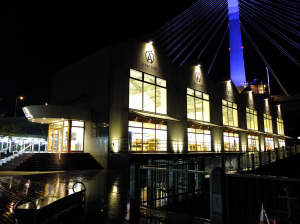
A Factory, a place that focuses on produces local to Aomori, such as apples and seafoods. There’s also a restaurant and eateries
Finally it’s dinner time. A very famous local ramen place that specializes in curry milk ramen. It may sound odd initially, but do not be fooled. It is without doubt the best ramen I have ever had in Japan or anywhere.
The curry gives it a spicy tinge and thick aroma, while the milk balances the spiciness and provides further body to the soup. The generous portion of beansprout soaks up any oily taste while leaving the fulfilling richness. And the noodles are just right.
I don’t think I have ever considered any dish this way, this is a must not miss dish if you’re ever in Aomori.
There’re actually two curry milk ramen place in Aomori, each claiming to be the original inventor and each having their own unique taste. This one is closer to the main street and apparently better rated.
I retire early for the night as there’s a lot of things to plan for and I got a big day tomorrow. Thankfully I got a Chromebook on this trip. I quickly realized I can use the Chromebook as a card reader and upload all the photos at the same time to google drive, which luckily also gave me 100gb free with the Chromebook.
